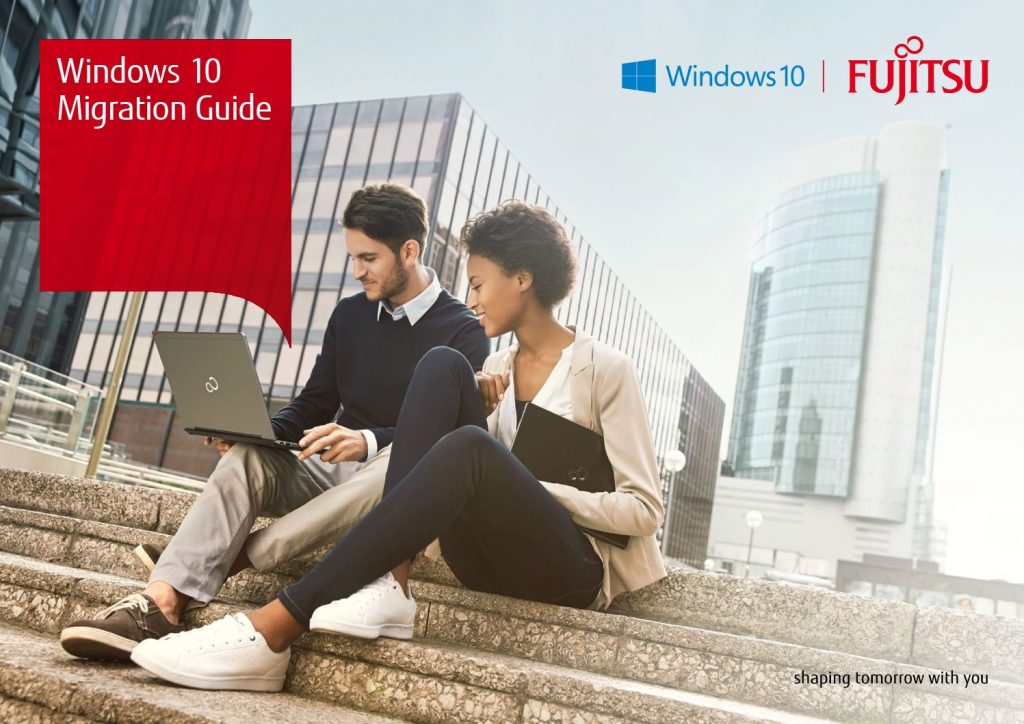Just how do CIOs – and other IT leaders – deliver the pace of change any organization today demands? How do they embrace major technology shifts, not for their own sake but for meaningful business benefits?
The balance involved is familiar: on one side you have expected business needs that IT must serve, usually with decreasing budget; on the other side you must be progressive, creative and providing the tools and solutions that will take the business forward.
Gartner calls this ‘bimodal IT’. We call it a route to digital transformation. Whatever your preferred name, you are going to need a plan. Many businesses are using the end of life of their current versions of Windows – Windows 7 support ends in Jan 2020 – and the move to Windows 10 as a catalyst for this new strategy.
If you’re responsible for harnessing IT, one of the main challenges is keeping up with an ever-faster pace of change in how we use technology. The workplace is no longer the corporate headquarters or a branch office – it’s wherever an employee needs it to be and delivered to any device, quite possibly of their choosing.
Often applications and data are outside the firewall, preferably in the cloud. Unlike corporate solutions of the past these applications will be measured in terms of ease of use and effectiveness against the latest mobile applications from Instagram to Uber or WhatsApp. This isn’t on the horizon. It’s already happening for many of us.
Making these and other new applications available to tap productivity raises the bar for most IT departments in two main ways: first they must operate in new ways but second they must still keep the enterprise secure from multichannel attacks using DDoS, phishing and social engineering, to name but a few threats.
In this guide we will further consider how the workplace has changed, take a deeper dive into Windows 10, and consider how to migrate to this new platform, this building block for digital transformation.






